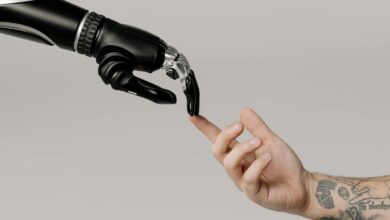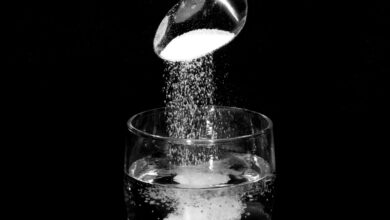The Vital Role of Massage Therapy in Medical Care

The Vital Role of Massage Therapy in Medical Care, Because massage therapy is a non-invasive, drug-free treatment option for a variety of health concerns, it serves a critical role in medical care. It can provide a comprehensive strategy to enhance general well-being by assisting in the reduction of pain and inflammation, encouraging relaxation, and relieving stress.
Massage treatment improves circulation and blood flow throughout the body, supplying tissues with nutrition and oxygen, encouraging the evacuation of waste, and assisting organs and systems in their proper operation. Massage therapy is a useful tool in the healthcare industry since it can improve general wellness and supplement conventional treatments.
Physical Benefits of Regular Massage Therapy
Improved circulation is one of the main advantages since massage pressure and movement encourage blood flow throughout the body. Improved nutrition and oxygen delivery to muscles and tissues as a result of increased circulation can hasten recovery and lessen discomfort. Additionally, by releasing knots and tightness in the muscles, regular massages can aid in lowering muscle tension and increasing flexibility.
A better range of motion and a lower chance of injury during physical exercise can result from this. Furthermore, it has been demonstrated that massage therapy strengthens the immune system by promoting the lymphatic system and strengthening the body’s defenses against sickness and injury. All things considered, regular massages can significantly improve physical health and energy when included in a wellness regimen.
Integrating Massage into Healthcare
Given massage’s many advantages in enhancing general well-being, its integration into healthcare is becoming more and more apparent. Patients can benefit from regular massage therapy sessions by feeling less stressed and anxious, having better circulation, having relief from chronic pain, feeling more relaxed, and even having their immune systems strengthened.
Massage therapy can offer a comprehensive approach to recovery that takes into account both the physical and mental elements of health when used in conjunction with conventional medical therapies. Additionally, medical professionals are starting to suggest massage as an additional course of treatment for some ailments, including fibromyalgia, headaches, sleeplessness, and musculoskeletal problems.
Patients can become more actively involved in their health and well-being by using massage in hospital settings. The incorporation of massage therapy into traditional medical care signifies a change in focus towards a patient-centered approach that addresses the entire individual instead of merely treating symptoms.
Different massage techniques commonly used in therapy
The most popular kind of massage is Swedish, which uses long, flowing strokes and kneading to increase circulation and induce relaxation. To ease persistent tension and pain, deep tissue massage works on the deepest levels of muscle and connective tissue.
Sports massage addresses injuries and improves flexibility by concentrating on body parts that are specifically linked to athletic performance. To relieve pain and muscle knots, trigger point therapy involves applying pressure to particular locations on the body. Finger pressure is used in shiatsu massage to promote the body’s energy flow and equilibrium.
To warm and relax muscles and encourage deep relaxation and stress reduction, hot stone massage uses heated stones. Every technique has its advantages and can be tailored to meet the specific demands of each patient during therapy sessions.
Massage Therapy for Stress Reduction and Mental Health
Through the manipulation of the body’s muscles and soft tissues, massage therapists can aid in their customers’ physical and mental relaxation. Cortisol, the hormone that causes stress, can be reduced as a result of the massage’s release of tension and increased circulation.
Furthermore, it has been demonstrated that massage therapy increases the synthesis of dopamine and serotonin, two neurotransmitters that are essential for mood and emotion regulation. Thus, frequent massage therapy can aid in reducing the signs and symptoms of depression, anxiety, and other mental health conditions.
All things considered, massage therapy’s calming methods and delicate touch provide a secure and organic means of encouraging rest, lowering stress, and enhancing mental health.
Conclusion
Because massage treatment provides patients with several advantages, it is essential to medical care. It has developed from a conventional procedure to a crucial component of healthcare because of its favorable effects on mental health, pain relief, rehabilitation, and stress reduction. Hospitals, clinics, and palliative care facilities are just a few of the medical contexts where massage therapy methods and modalities are used. Massage therapy is a supplementary and alternative medical strategy that gives traditional treatments an extra boost. All things considered, the potential of massage therapy to improve patient well-being, encourage recovery, and support a holistic approach to healthcare makes it clear how important it is to medical care.



